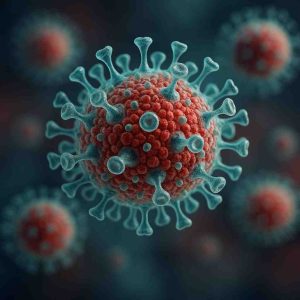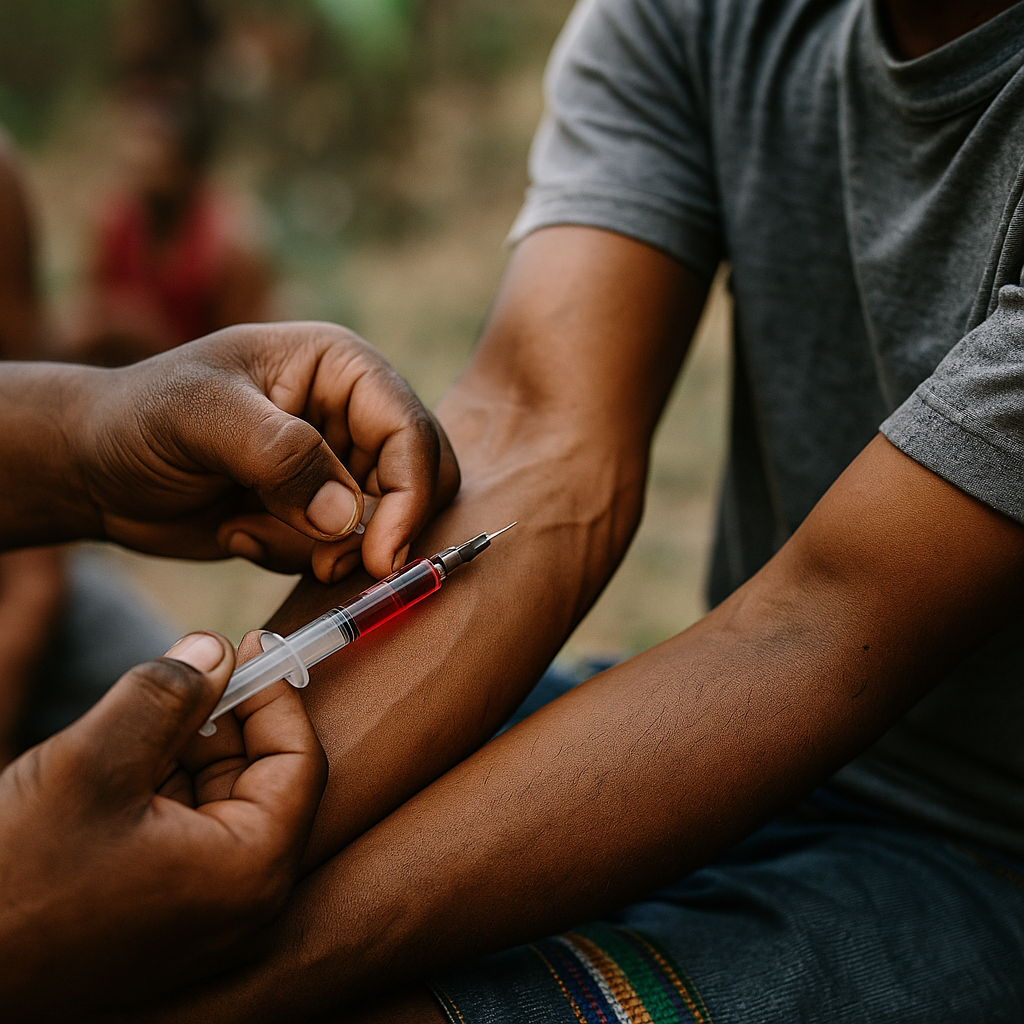Introduction
In 2025, the quest for an HIV cure has reached unprecedented milestones. Advancements in biotechnology and global collaboration have propelled research forward, offering renewed hope to millions worldwide. This article delves into the most promising developments in HIV cure research this year.
mRNA Technology: A Game-Changer
Researchers at the Peter Doherty Institute in Melbourne have harnessed mRNA technology, similar to that used in COVID-19 vaccines, to target HIV. By using lipid nanoparticles to deliver mRNA into white blood cells, they can expose hidden HIV, making it vulnerable to the immune system. This “kick and kill” approach represents a significant leap in HIV cure strategies.
Gene Editing: CRISPR’s Role
CRISPR gene-editing technology offers another promising avenue. Excision BioTherapeutics’ EBT-101 aims to excise HIV DNA from infected cells. Early trials indicate safety, but challenges remain in ensuring complete viral eradication.
Long-Acting Treatments: Lenacapavir
Lenacapavir, marketed as Sunlenca, is a long-acting injectable approved for HIV treatment and prevention. Administered biannually, it offers a convenient alternative to daily pills, improving adherence and quality of life for patients.
Broadly Neutralizing Antibodies (bNAbs)
bNAbs are engineered antibodies capable of neutralizing diverse HIV strains. Clinical trials are exploring their potential in combination therapies to eliminate latent HIV reservoirs, a critical step toward a cure.
Challenges Ahead
Despite these advancements, obstacles persist. HIV’s ability to hide in latent reservoirs complicates eradication efforts. Moreover, ensuring global access to emerging therapies is essential to prevent disparities in treatment availability.
Conclusion
The landscape of HIV cure research in 2025 is marked by innovation and optimism. While a definitive cure remains elusive, the strides made this year bring us closer to that goal. Continued research, funding, and global cooperation are vital to sustain this momentum.
FAQ
Q: What is the “kick and kill” strategy?
A: It’s a method that activates dormant HIV, making it detectable and allowing the immune system or therapies to eliminate it.
Q: How does CRISPR help in curing HIV?
A: CRISPR can potentially remove HIV DNA from infected cells, aiming to eradicate the virus entirely.
Q: What makes lenacapavir different from other treatments?
A: Its biannual injection schedule offers a more convenient alternative to daily medication, improving patient adherence.
Q: Are these treatments widely available?
A: While some are approved, others are in clinical trials. Global access depends on regulatory approvals and healthcare infrastructure.
Disclaimer
This article was written with the assistance of AI and may contain errors.




